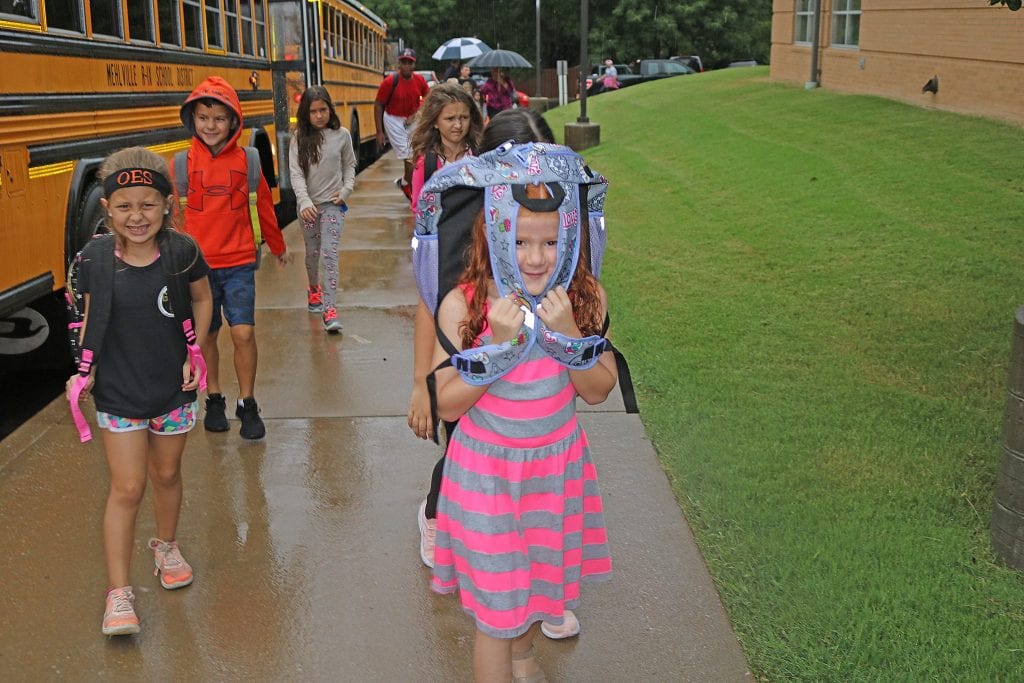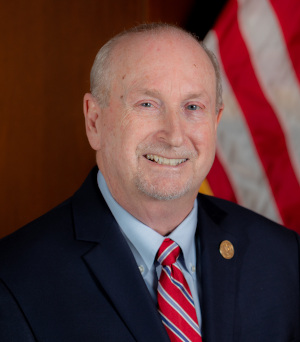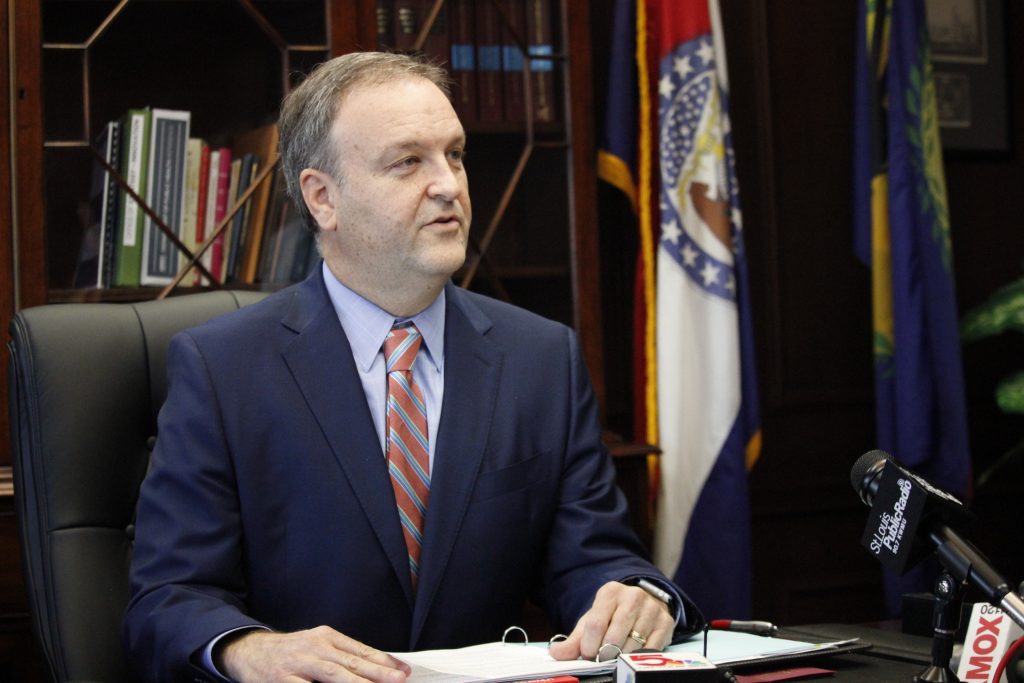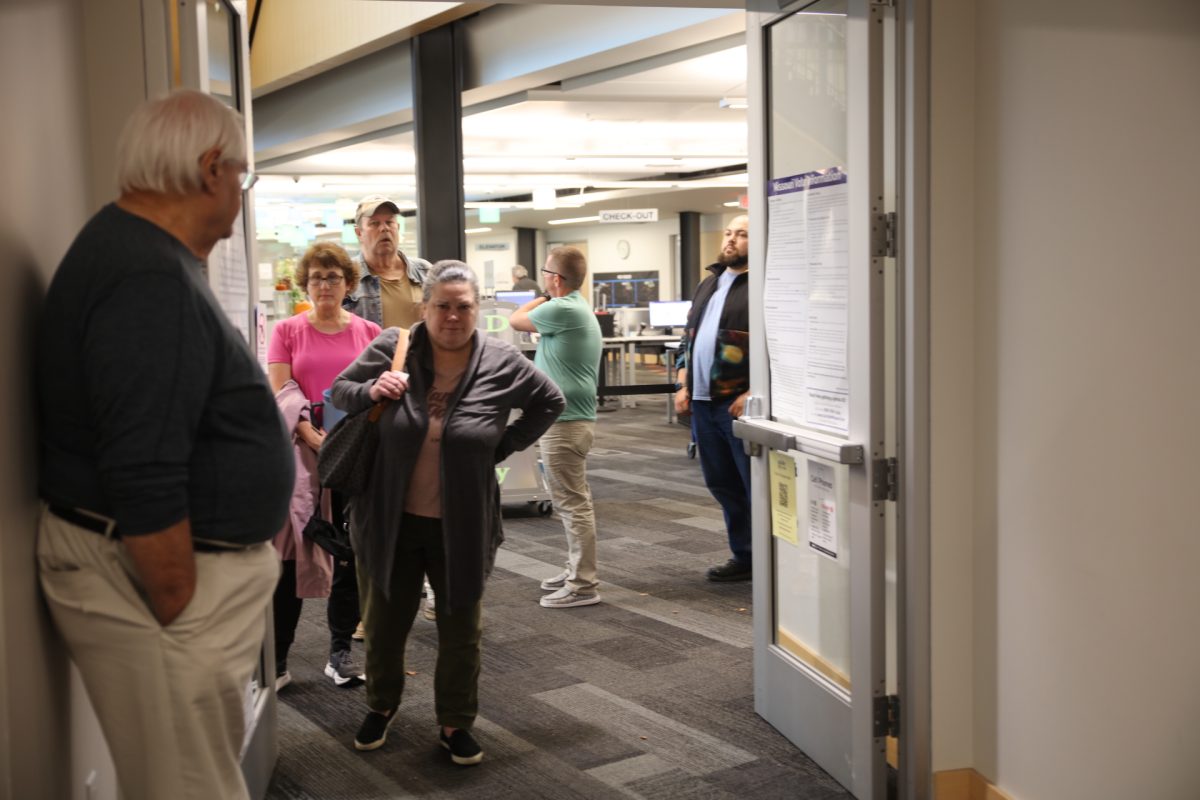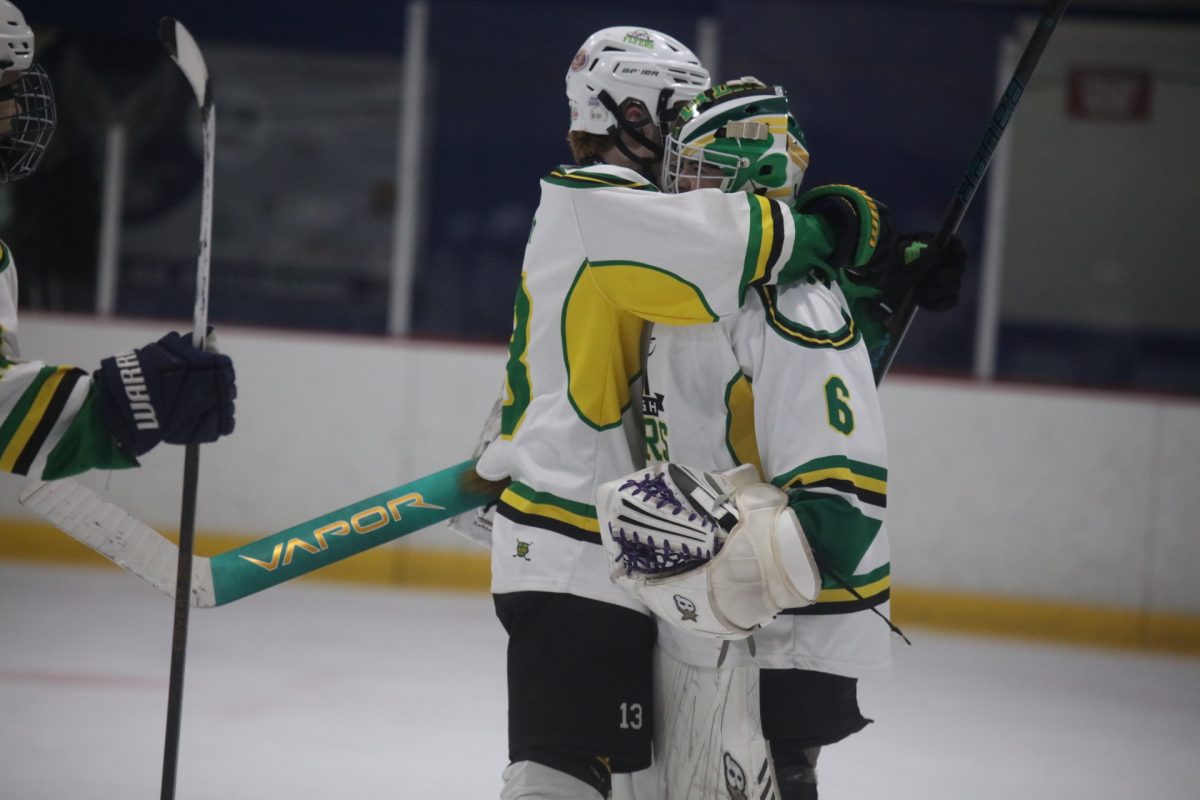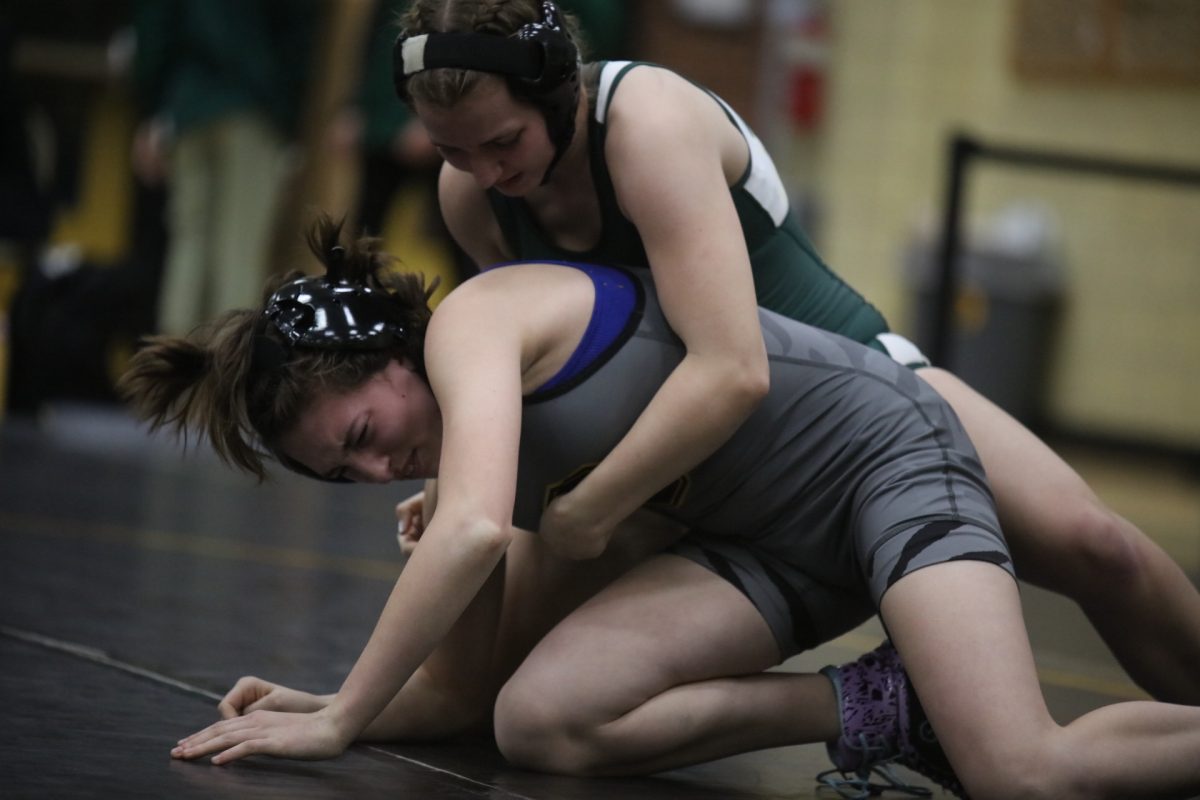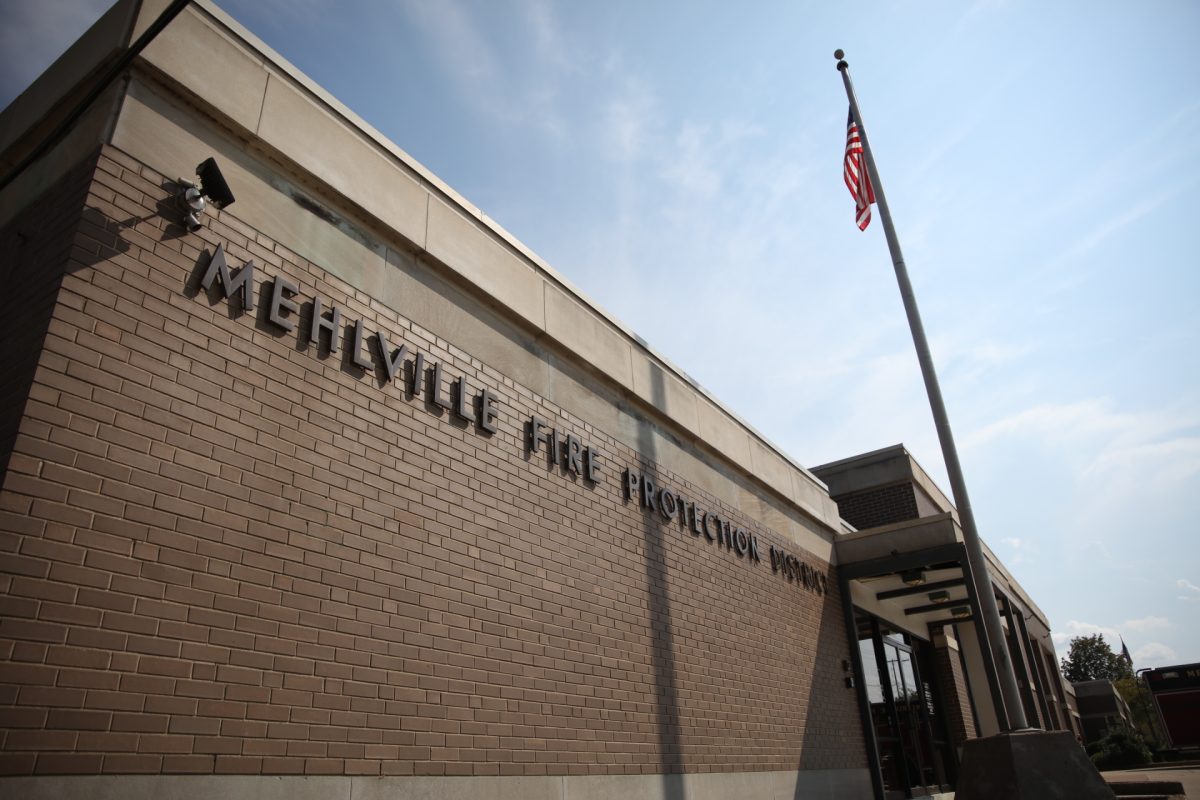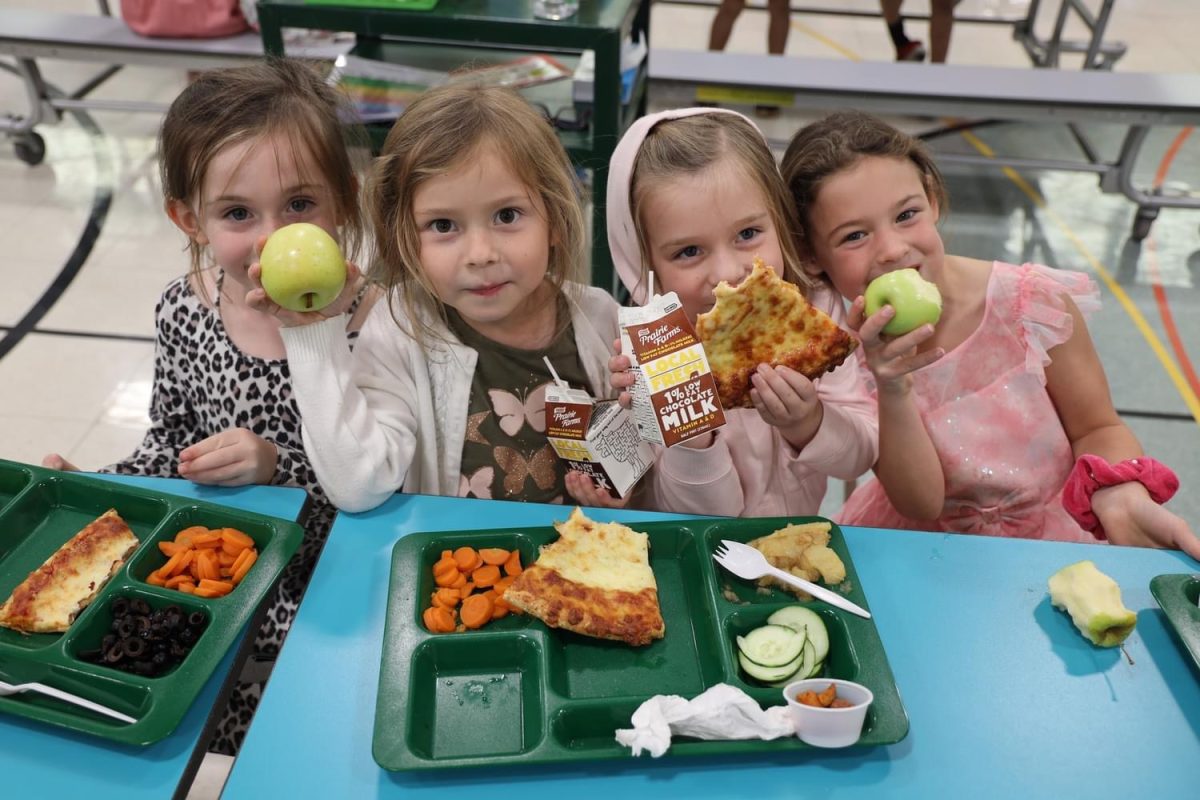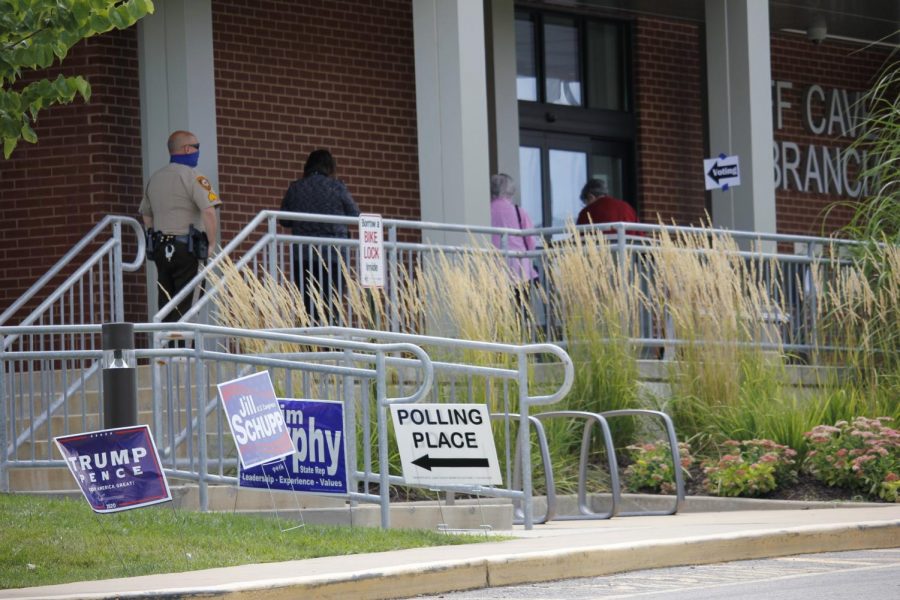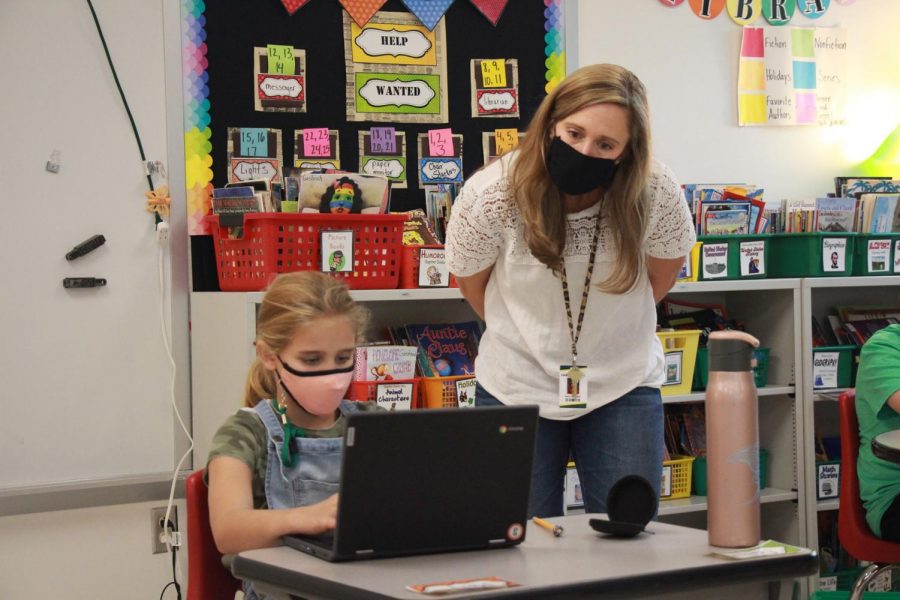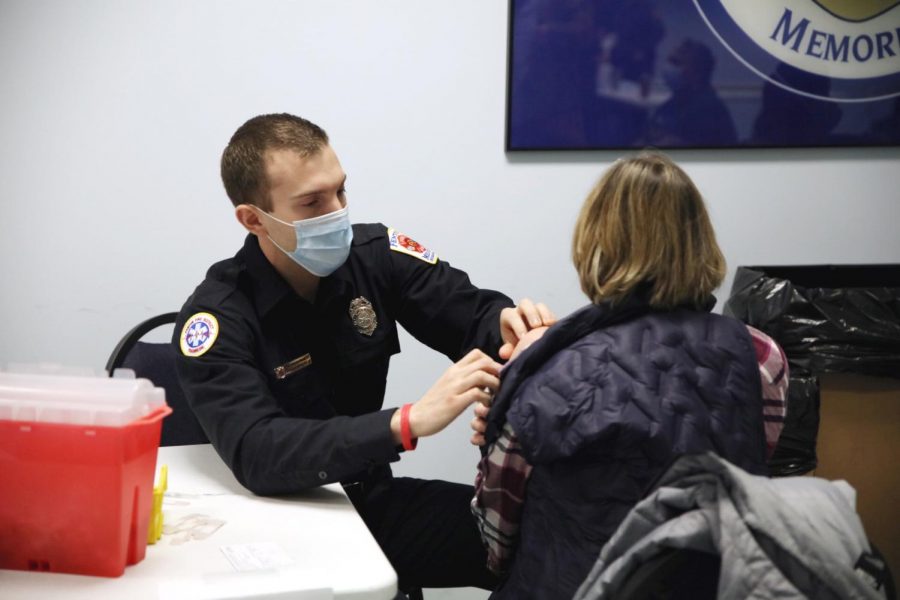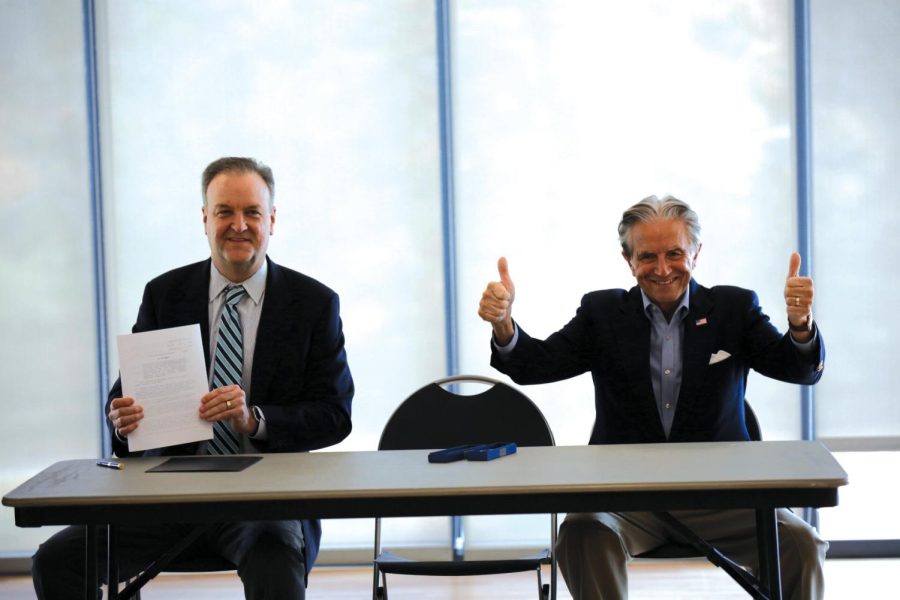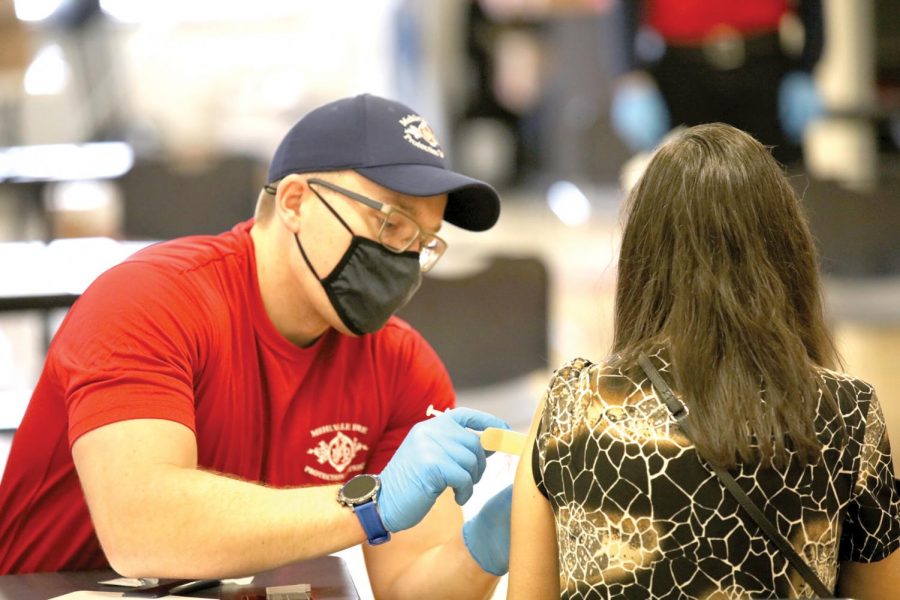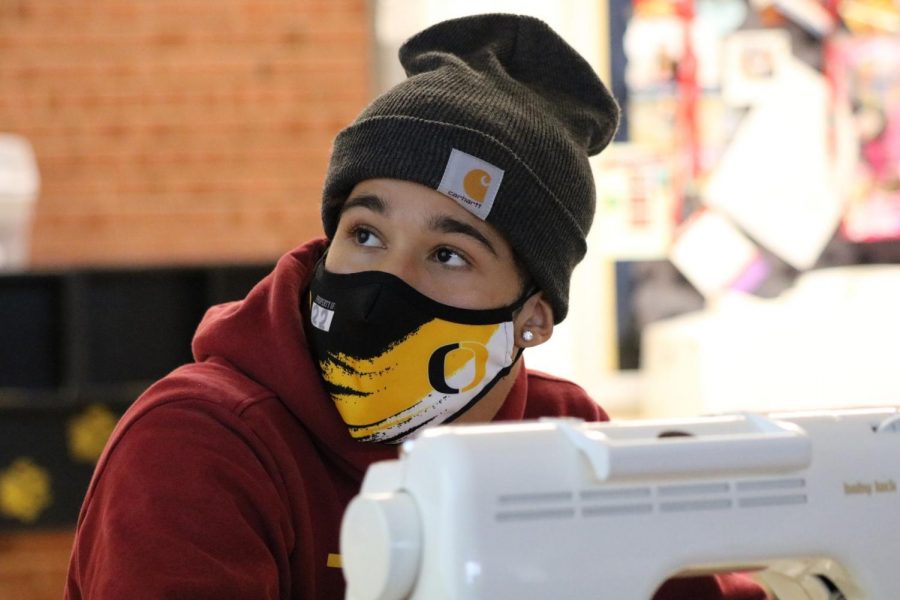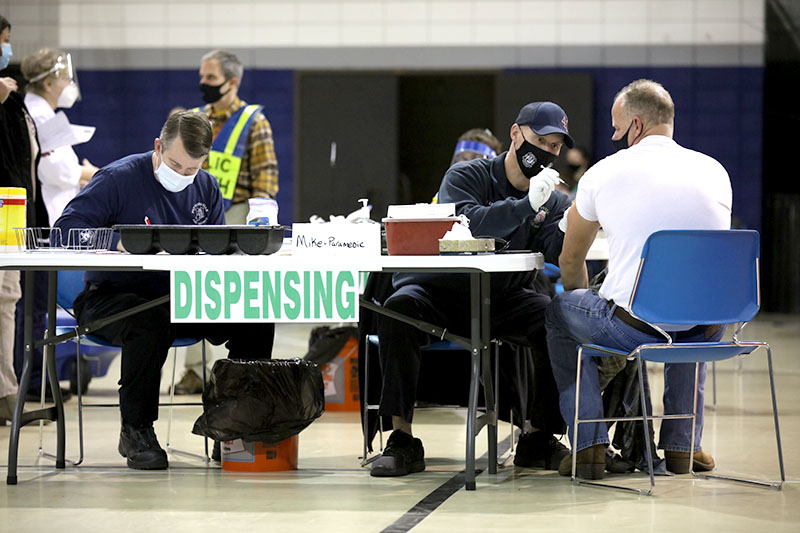Most St. Louis County school districts release their reopening plans July 20, but at The Call’s press deadline the Mehlville School District had not yet decided whether it will return to school buildings in August.
The two versions of Mehlville education that could happen this fall as COVID-19 cases rise are what Superintendent Chris Gaines is calling “Mehlville@School,” in-person instruction at school and the officially titled Mehlville@Home, a 100-percent virtual school the district announced in June.
The district originally said it will make an announcement by Friday, Aug. 7 what school will look like the first day Aug. 25, but the Board of Education is holding a special meeting at 6:30 p.m. Wednesday, Aug. 5, with a decision for reopening and a change to the calendar on the agenda.
“I think everybody would like to try to start at some level of in-person, whether that’s 100 percent of the kids there or 50 percent of the kids there, but a lot can happen in the next few weeks to influence those decisions,” Gaines said.
Unlike the usual unity seen in snow days or the decision to call off school for two months last spring, St. Louis County school districts are not completely in sync with whether they’ll start in person yet. Affton was the first South County school district to say it will start 100-percent virtual for the first quarter, mirroring the decisions of North County districts like Hazelwood and Ferguson-Florissant. Districts like Lindbergh, Rockwood and Fox have said they will start with two days a week in person and three days virtual to allow for social distancing.
Gaines, who served on a national task force on guidelines for reopening from The School Superintendents’ Association, or AASA, was less willing to commit to a plan he said could easily change in a few weeks. A month ago, he and other Mehlville officials on a committee for reopening were confident they could offer five days a week in-school instruction. Then the cases climbed, a trend that’s continued for the last month. And nationwide, there’s no clear answer on what to do since school districts are so localized in governance.
“Across the country, it’s all over the map – you’ve got people starting fully in person, you’ve got people looking at some sort of schedule where only half the kids are present and you’ve got some starting virtually, but you’ve got a growing number of very large districts that are indicating that they’re opening virtually,” Gaines said.
He said it was eye-opening to see an outbreak among students at St. Dominic High School in O’Fallon after a prom and graduation earlier in July. But he said what another district does shouldn’t impact Mehlville.
“At the end of the day, every district has got to decide for themselves, and you know, if you really dig down into it there are some areas of the county with higher incident rates than other areas of the county,” he said.
The decision will be based on the data, with officials deciding what the numbers would have to be before they could open the doors of buildings to students once again.
County Executive Sam Page has said he believes school districts will have to choose an all-virtual option to start this fall, but to try to get children into classrooms in person, he instituted seven new business restrictions last week that he hopes will bring down hospitalizations and cases among young people, which have trended up since June.
“It’s my opinion that we’re headed to all-virtual school openings this fall, at least to begin with,” Page said July 27 when he announced the new restrictions, adding that he hoped “we can get the numbers down some and get back to an option of an in-classroom setting.” His own son is set to start his senior year of high school this fall.
After the state released its requirements, Mehlville had to retool its “blended” option, in which students would rotate two days a week in-person school and have a fifth day of virtual education to allow for cleaning in between. In Mehlville, family groups will attend school the same days.
That may be the most likely scenario for starting school, Gaines hinted in a video to parents.
But no decisions have been made yet since cases change week to week.
“We don’t know what things are going to look like in 30 days because if you go back 30 days, we wouldn’t have thought that things are going to look like what they do today,” Gaines said in the video.
Virtual versus on-campus
Families interested in Mehlville@Home will have to commit to the full semester so that the district can commit teachers to the completely virtual school.
But even for those who don’t want to attend virtual school full-time, school will not just return to normal, Gaines noted.
“On campus, you might think oh, that’s just regular old school — man, we wish it could be regular old school,” Gaines said.
Even on-campus options will be on a continuum.
With low community spread, students might be able to attend school for five days very similar to what they’re used to, with adjustments for COVID-19, Gaines said. The middle option would be the staggered model that Lindbergh is set to start with. Finally, in cases of high community spread the district may go all-virtual again like it did this spring, in a program separate from Mehlville@Home. The district is labeling these options A, B and C – A is five days, B is blended and C is “connected” for online classes.
If students are all in class five days a week, masks could still be worn but there will be no social distancing, Gaines said.
“You can’t have everybody here and have ‘em 6 feet apart – classrooms weren’t built for that,” Gaines said. “Schools are built for efficiency, right, and to try to get kids into as little of space as possible. … Schools weren’t built for social distancing.”
If school starts all-virtual, there will be no fall sports. Some workouts for sports were canceled in July because of an increasing number of cases in the community linked to youth sports.
Teachers gave their feedback on in-school plans the week of July 6, and the district made some changes based on that feedback.
Although students can get COVID-19, teachers are more likely to get severe cases. Nationally, a quarter of teachers are in high-risk categories for the disease, a teachers’ union has said, but Gaines said he doesn’t collect health information for his teachers to know how that might differ locally. He said concern among Mehlville teachers has risen in recent weeks, just as it has everywhere else.
At the onset of the pandemic in March, before schools had officially closed, Gaines told The Call, “We’re worried about the kids, but if you look at all the data we’re probably more worried about the employees than the kids.”



